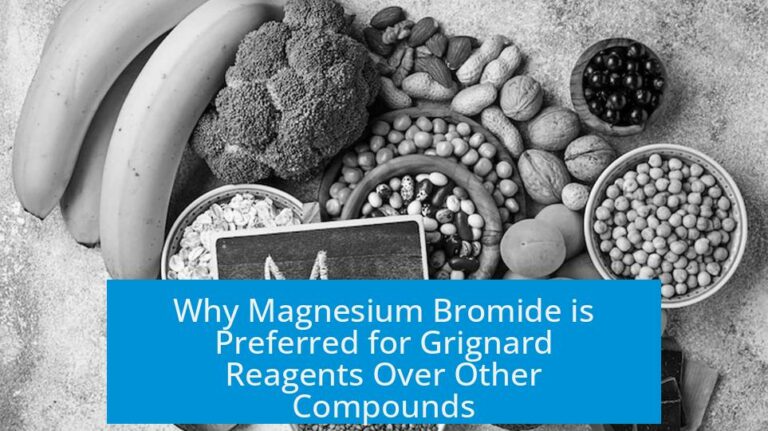Why Does the Outside of a Reused Aluminum Tray Turn Grey and Dull?

The outside of an aluminum tray becomes grey and dull because repeated dishwasher cleaning exposes its untreated surface to hot, wet, alkaline conditions, leading to oxidation and aluminum oxide formation. This process changes the original shiny metallic appearance to a matte, grey finish.
Difference Between Tray Surfaces
The inside of aluminum trays is often treated or coated to endure food contact safely. This treatment provides some protection against corrosion. The outside, however, typically lacks such protection. It remains bare aluminum, vulnerable to environmental factors.
Effect of Dishwasher Conditions
Dishwashers create harsh environments. They combine heat, moisture, and alkaline detergents. These elements accelerate aluminum oxidation on uncoated surfaces. Dishwasher detergents are highly alkaline and chemically react with aluminum, forming aluminum oxide and hydrogen gas. This reaction dulls the metal’s surface.
- Hot water speeds up chemical reactions.
- Moisture supports oxidation.
- Alkaline detergents chemically attack aluminum.
Aluminum Oxidation and Visual Changes
Aluminum forms a thin oxide layer on exposure to air. Under dishwasher conditions, this oxide layer thickens unevenly on the tray’s exterior. The buildup appears as a grey, dull surface. This natural corrosion layer reduces the shine and worsens with repeated washes.
Manufacturing Influences Surface Appearance

Aluminum trays, like aluminum foil, may have differing textures on each side. During manufacturing, one side is polished by rollers to make it shiny. The other side remains dull. If the tray exterior is this untreated dull side, it will naturally look less bright, especially once oxidation begins.
Why Avoid Dishwashing Aluminum?
Because dishwasher chemicals damage aluminum, repeated washing leads to surface degradation. Non-coated aluminum is sensitive to alkaline detergents. Over time, this reduces aesthetic and possibly structural qualities. Hand washing with mild soap is advised to maintain aluminum trays.
Key Takeaways
- Tray interiors are usually coated; exteriors are not.
- Dishwasher heat, moisture, and alkaline detergent cause oxidation.
- Aluminum oxide buildup creates a dull, grey appearance.
- Manufacturing processes produce one shiny and one dull side of aluminum.
- Avoid dishwashing aluminum to prevent surface damage over time.
Why does the outside of my aluminum tray turn grey after dishwasher use?
Dishwasher detergents are alkaline and along with heat and moisture, cause the aluminum outside to oxidize. This forms aluminum oxide, which appears as a grey, dull layer on the tray’s surface.
Is the dullness on the tray caused by damage or normal wear?
The grey, dull look results from a chemical reaction called oxidation. It’s a normal effect when untreated aluminum meets dishwasher conditions, not physical damage from impacts or scratches.
Why is the inside of the tray shiny but the outside dull?
The inside surface is treated or coated for food safety and shine. The outside is untreated aluminum, which oxidizes and dulls over time, especially after dishwasher exposure.
Could the manufacturing process cause the outside to be dull initially?
Yes. Aluminum trays may be made by pressing aluminum foil, where one side is polished shiny and the other left dull. The dull outside surface can be partly due to how it was produced.
Can I prevent the grey dullness on my aluminum tray?
Avoid dishwasher cleaning for aluminum trays. Hand washing with mild soap and water helps keep the outside from oxidizing and maintains its appearance longer.





Leave a Comment